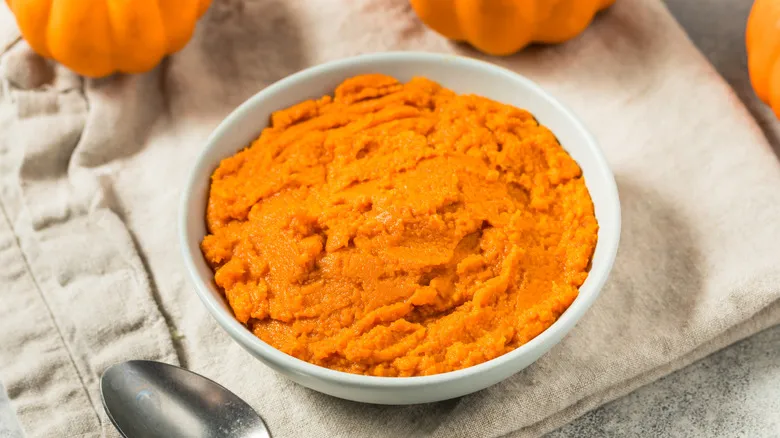Remove moisture rather than measuring for it
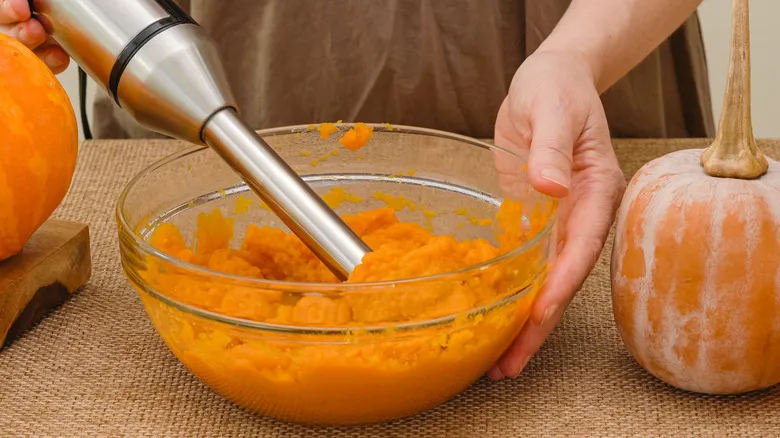
Pumpkin puree is created by blending roasted pumpkins, which means that any moisture present in the gourd is thoroughly combined with the flesh. The challenge in adjusting for the moisture content in pumpkin puree lies in its variability. For instance, a standard can of Libby's pure pumpkin puree is quite dense and creamy, while some other brands may be much more liquid. Homemade pumpkin purees can also differ based on the initial moisture content of the pumpkins used. Therefore, instead of calculating the amount of water to add, the most effective approach is to eliminate as much moisture as possible.
The simplest method for doing this is to place the puree in the center of a piece of cheesecloth or a sturdy paper towel, then twist and squeeze out any excess water into a bowl. You might want to repeat this process several times for optimal results. Dish towels can also be used, but their tighter weave may result in a soiled towel. Alternatively, you can use a large coffee filter instead of cheesecloth, but keep in mind that they are more delicate, so be sure to press rather than twist.
If you're looking for additional ways to extract moisture from pumpkin puree, a large manual juice squeezer can be effective, though it will only accommodate about a cup of puree at a time. A potato ricer is another great option, as it can handle a larger quantity of puree and is easy to use. To prevent losing pulp, consider placing a filter at the bottom of the press.
Recommended
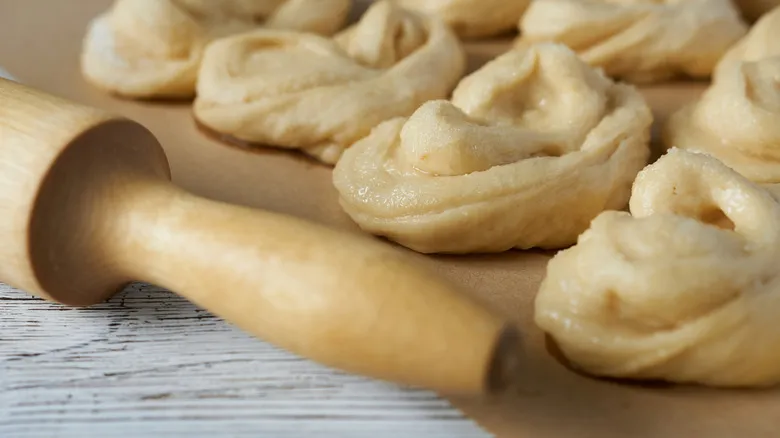
How To Tell If Your Yeast Is Still Active
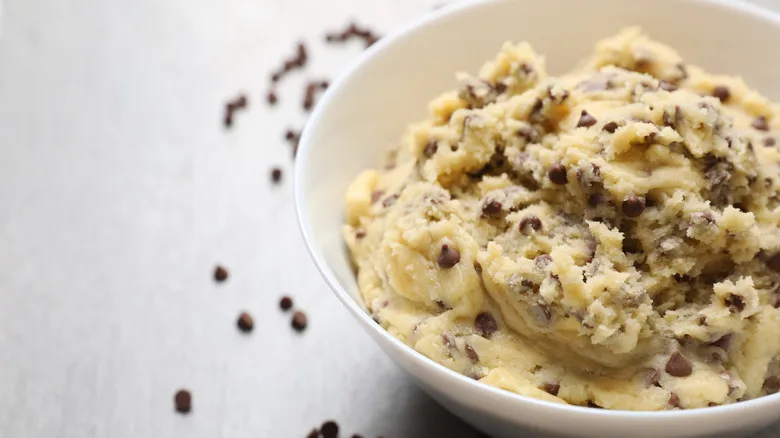
What's Different About Safe-To-Eat Raw Cookie Dough?

Cold Vs Room-Temperature Proofing For Focaccia: An Expert Explains The Difference
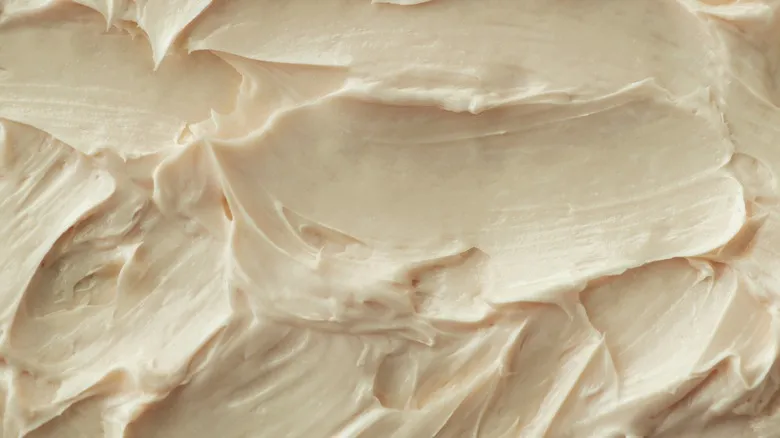
You're 3 Ingredients Away From The Easiest Cake Frosting
Next up

